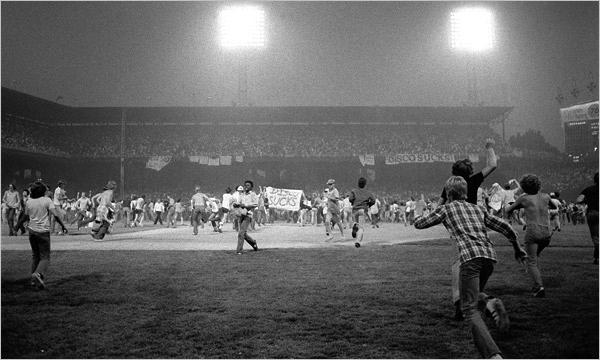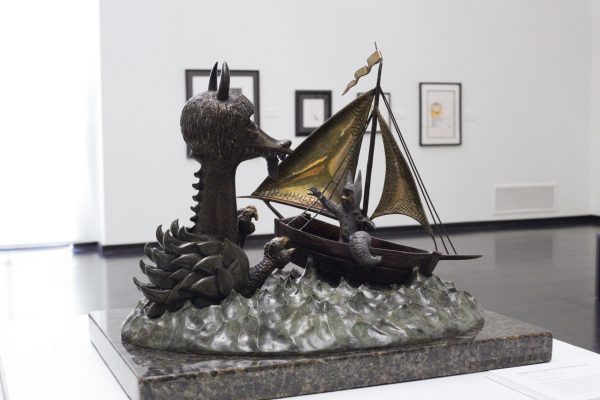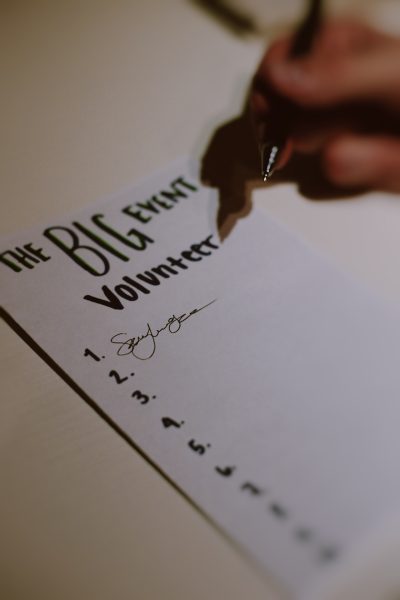Angry White Men
The fight to restore the patriarchy

Angry white men participate in the 1979 “Disco Demolition Night.” Photo via New York Times.
Even in today’s modern world, we see women and feminism attacked on an almost daily basis, whether it’s Rush Limbaugh deciding that a woman who desires basic rights and freedoms similar to those a man posses is a “feminazi,” or if it’s #GamerGate threatening to kill and rape a woman for saying she thinks somebody’s too violent. This movement is set on keeping or restoring the patriarchy and traditional masculine values. It feeds on the fear and hatred of powerful women, homosexuals and minorities. I like to call this movement “Angry White Men.”
One of the earliest examples of this phenomenon is the 1487 book, “Malleus Maleficarum.” This book, written by two Catholic clergymen, was used to define what a witch was during medieval times. The book describes that witches were far more likely to be women than men, and noted that if a woman had extensive knowledge of medicine,she was a witch and must be prosecuted with death, usually by burning at the stake. While some may argue these two men, Heinrich Kramer and James Sprenger, may have truly believed women who had knowledge were witches, this book was still used for no other purpose than maintaining the power of the patriarchy.
We see this trend rear its ugly head again during the late 19th century in the push for women’s suffrage. During this time, many women were seeking acceptance into post-secondary education. However, there was a strong push back from the academia of the time.
Harvard Professor Edward Clarke predicted in his book, “Sex in Education: or a Fair Chance for the Girls,” that if women went to college, their brains would grow bigger and heavier, causing their wombs to atrophy. A Harvard professor of the time would have known that none of what he was saying was true, but this is a common practice in the Angry White Men movement — to use fear of the unknown to scare the minorities into believing that they themselves don’t deserve or desire equality.
This attitude would persist into the mid 1900s as the “Red Scare.”
According to historian Landon Storrs, the anti-communist sentiments of the time also bolstered an anti-feminist movement. He referred to the “striking number” of women in government agencies who were accused of Communist sympathies and to rhetoric appealing to “popular anti-feminism” that was often used against them. It was during this period and the resurgence of the patriarchy in a post-World War II era that gave rise to the common feminist and anti-feminist movements that we see in America today.
And this is when things began to evolve into a much larger, and much more horrifying outcome. In 1972, a new amendment to the constitution passed both the House of Representatives and the Senate and was sent off to state legislatures for ratification. This amendment is known as the Equal Rights Amendment, and it called for one simple thing — equal rights for women.
Despite the abundant amount of sense that the amendment made, it only received 35 of the 38 required ratifications to become part of the Constitution. This was, however, after five states rescinded their ratifications among outrage from voters. This outrage would boil over in 1974 when the Michigan House of Representatives was attacked after it refused to rescind its ratification of the Equal Rights Amendment.
It was also during the ‘70s that the popularity of disco music began to receive mainstream recognition.
Disco was a genre that was dominated by African-American women like Gloria Gaynor, who sang about being independent. Disco was embraced by women, minorities and homosexuals alike. But its popularity began to ruffle the feathers of traditional fans of rock n’ roll, one of whom was a DJ named Steve Dahl. Dahl hated the effeminate disco men, personified by John Travolta in “Saturday Night Fever,” and together with the Chicago White Sox, decided to hold a promotion called “Disco Demolition Night,” where fans would get in for 98 cents if they brought a disco album to the game with them. These albums would then be blown up by Dahl after the game.
When this happened, the crowd went into a riot, and took over the field. Police had to be called in to clear the field. This violence towards disco music would persist with many discotheques being burnt to the ground, and others vandalized. The actions of that night are largely blamed for the decline of disco as a genre, and its disappearance from today’s music culture.
And the violence wouldn’t stop there, as a younger generation began to desire the rights that the former patriarchy had possessed. In 1989 we saw a horrible display of violence that embodied this movement in its entirety. On December sixth of that year, a student at Ecole Polytechnique in Montreal, Quebec, named Mark Lepine shot and killed 14 female students before taking his own life. In his suicide letter, Lepine wrote that he was fighting feminism, and that he blamed feminists for ruining his life.
All of these events are connected by a desire to return to the patriarchy of old that has long since died. The hatred of feminists, and the desire to recreate the privileges that were once enjoyed by men has led to violence, murders, rapes, and it needs to stop. Feminists don’t desire to enslave men, we only desire to see women put on an equal playing field with men. So don’t allow yourself to be conscripted into the movement of the Angry White Men, because society has already left them behind.
Alex Bertsch is the opinion editor for The Dakota Student. He can be reached at [email protected].















